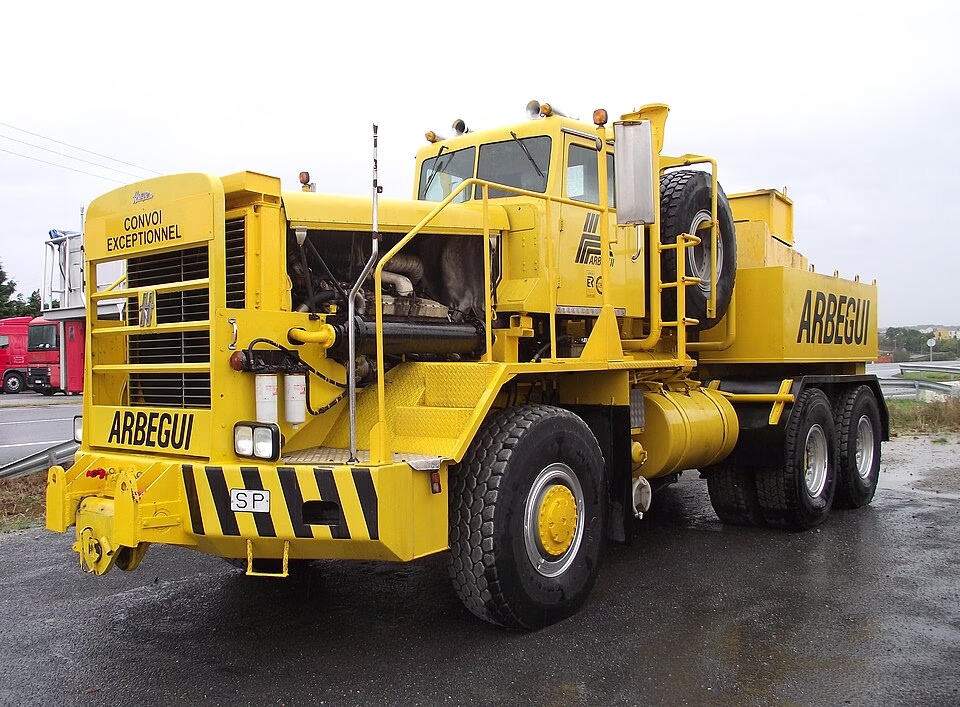What to Consider When Choosing Parts for Heavy-Duty Vehicle Systems
Keeping heavy-duty machines in top shape isn’t just about routine checks. It’s about choosing the right parts that can handle long hours, rough terrain, and real-world challenges. Every truck, trailer, or construction vehicle depends on components that deliver strength where it matters most.
Selecting those parts, however, isn’t always simple. The market is filled with options that look similar but perform very differently once installed. A smart choice can extend the lifespan of an entire system, while the wrong one can lead to costly downtime.
Knowing what to look for—quality, fit, and reliability—helps ensure each vehicle runs safely and efficiently, no matter how tough the job gets.
Understanding System Requirements
The first step in finding the correct part is understanding how and where the vehicle operates. A component that works well in one system may not perform the same in another. Factors such as load, temperature, terrain, and runtime all play a role.
For example, a truck used in long-distance transport needs fuel-efficient components, while construction vehicles rely on parts that can handle dirt, vibration, and heavy loads. Before purchasing, regularly review the manufacturer’s recommendations and compare them with actual working conditions.
Ask yourself: Does this part match the system’s capacity and purpose? The answer can prevent future damage and extend the lifespan of expensive equipment. Matching the part to its exact use is where smart maintenance begins.
The Importance of Quality and Compatibility
Quality and compatibility are the foundation of every strong system. A component that doesn’t fit correctly or fails under stress can cause more damage than it fixes. Precision matters in vehicles that carry tons of weight daily.
Fleet operators and repair professionals looking for reliable solutions can shop for Truck Parts & Accessories from certified providers. For example, many operators rely on CTR Auto Parts offering durable components designed to withstand demanding workloads, ensuring consistent performance and reliability.
Always check certifications, manufacturing standards, and customer feedback before making a purchase. A slightly higher cost for certified equipment is worth the savings in future repairs and downtime. Compatibility ensures smoother operations and helps every system perform as intended.
Balancing Cost, Performance, and Durability
It’s natural to compare prices before making any purchase. But when it comes to heavy-duty components, the cheapest option isn’t always the best. Low-cost parts may seem like a quick win, but they can lead to expensive issues later.
Consider a simple case: A low-quality suspension bushing might cost less today, but could wear down within months. Replacing it repeatedly not only increases costs but also wastes valuable time.
When evaluating options, keep these points in mind:
- Compare long-term performance, not just initial savings.
- Look for warranties or after-sales support.
- Review proven performance data from trusted sources.
Balancing cost with quality ensures equipment stays reliable without exceeding budget limits. The key is to think in terms of total value, not short-term price tags.
Considering New Technology and Connectivity
Modern vehicles aren’t just built with metal and hydraulics; they are powered by intelligent systems. Sensors now monitor everything from temperature to tire pressure. Many parts are designed to communicate with onboard computers, sending alerts before a failure occurs.
For example, an intelligent braking system can automatically adjust the pressure to enhance safety under various conditions. In some cases, digital sensors can predict wear and tear, allowing early replacement before breakdowns happen.
This means when selecting parts, it’s essential to consider their compatibility with the vehicle’s electronics and diagnostics tools. Selecting modern components that combine mechanical strength with digital precision ensures machines are prepared for both current and future demands.
Verifying Supplier Credibility
The quality of any part depends heavily on the supplier behind it. A dependable source provides clear documentation, transparent return policies, and reliable product support. Without that assurance, even high-grade parts can fall short of expectations.
Before making a purchase, consider these key points:
- Review supplier reputation and customer feedback.
- Check warranty coverage and replacement terms.
- Confirm the availability of technical or after-sales support.
Experienced distributors often help customers select the correct parts more quickly and provide valuable insights based on their hands-on expertise. This is especially helpful for mechanics dealing with newer or specialized systems. Trustworthy suppliers save time, reduce stress, and create long-term partnerships that keep operations running smoothly.
Conclusion
Finding the right components for heavy-duty vehicles takes more than guesswork. It’s about combining awareness, quality, and trust to keep every system performing at its best. When chosen carefully, the right parts ensure smoother operation, fewer repairs, and stronger safety. Reliable suppliers, durable materials, and meticulous attention to detail combine to build vehicles that last. Every wise decision made today helps secure performance, stability, and peace of mind for tomorrow.



